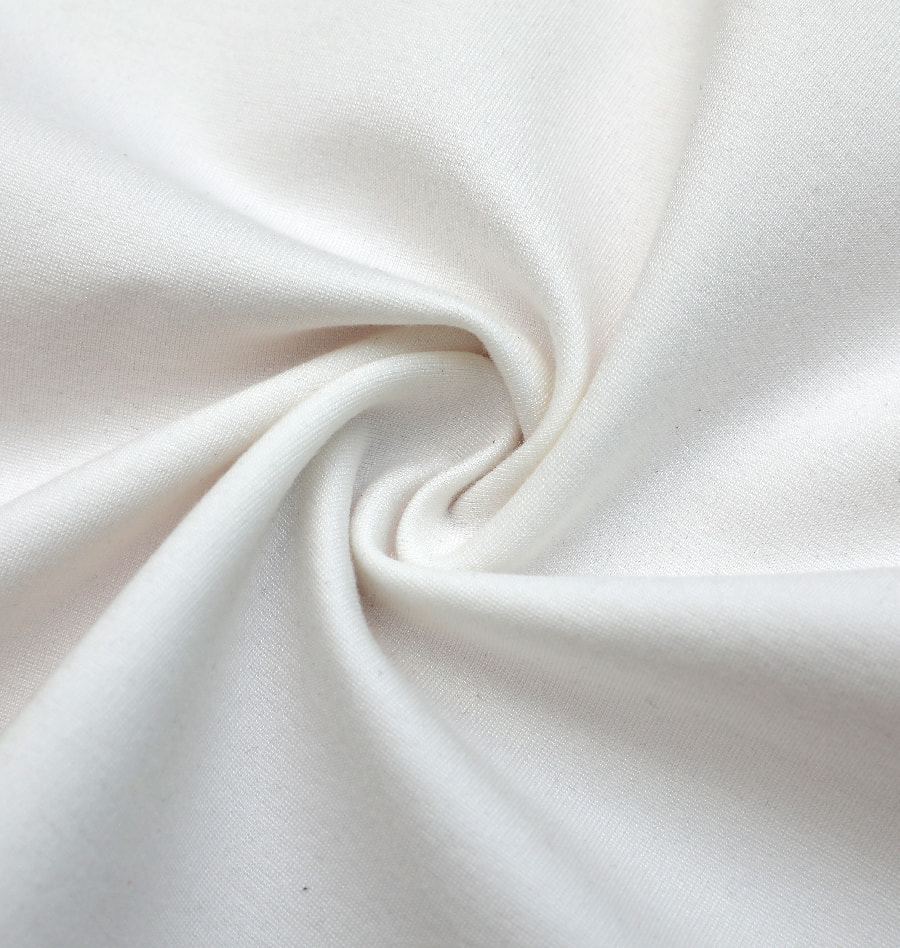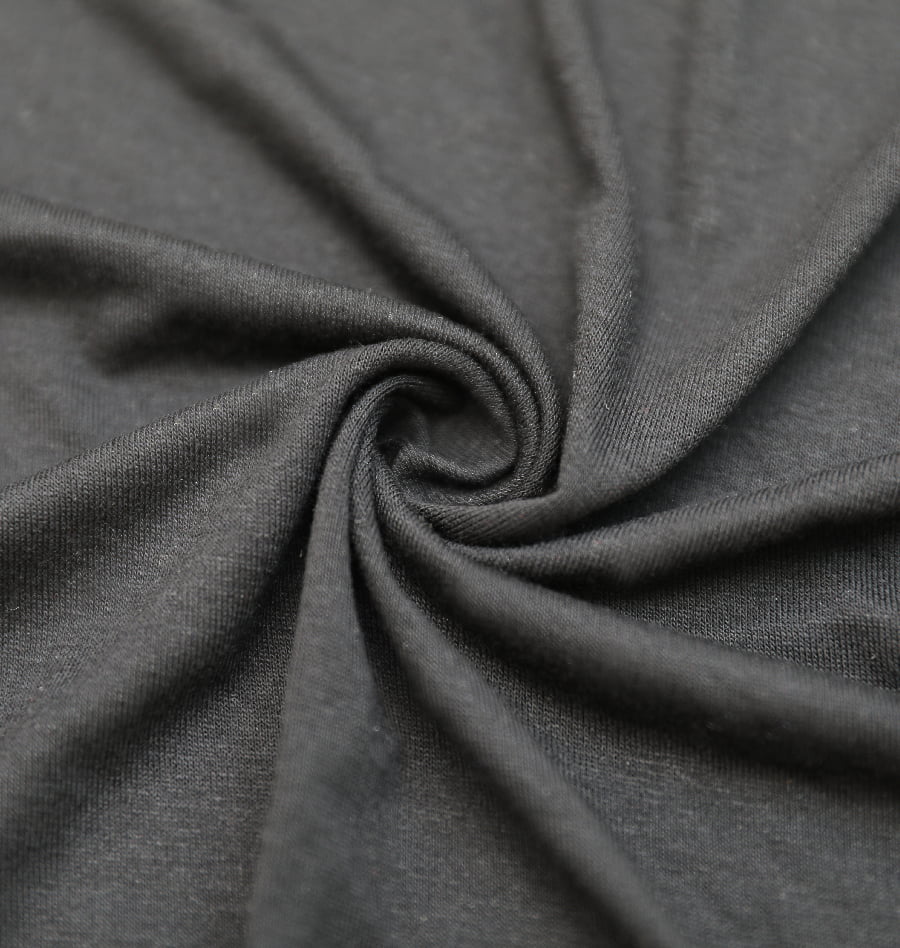Many printing and dyeing factories have had to shut down temporarily or reduce their capacity, leading to economic losses and job cuts. The pandemic has also exposed the fragility of global trade and the need for more resilient and sustainable supply chains.
On the other hand, the pandemic has accelerated some trends that were already shaping the industry, such as the demand for eco-friendly and functional fabrics, the digitalization of design and production processes, and the rise of e-commerce and social media as channels for marketing and sales.
One of the key challenges for the printing and dyeing fabric industry is to reduce its environmental footprint and comply with increasingly stringent regulations on wastewater discharge, air pollution, and chemical safety. Many textile factories in China, India, and other developing countries have been criticized for their high levels of water consumption, energy consumption, and greenhouse gas emissions, as well as their use of hazardous chemicals that can harm workers and the environment.
To address these issues, many companies are investing in sustainable technologies and practices, such as water recycling, renewable energy, biodegradable dyes, and digital printing. Some innovative solutions include using plant-based dyes derived from food waste, creating circular systems that reuse and recycle textile waste, and using blockchain technology to trace the origin and authenticity of fabrics.
Another challenge for the printing and dyeing fabric industry is to adapt to the changing preferences and behaviors of consumers, who are increasingly concerned about the social and environmental impact of their purchases. According to a survey by McKinsey, 65% of consumers worldwide say they want to buy eco-friendly or sustainable products, and 70% say they are willing to pay more for them.
Digital printing, for example, allows designers to create custom patterns and colors on demand, without the need for screens or plates, and with minimal waste. 3D printing, meanwhile, offers new possibilities for creating three-dimensional textures and structures that enhance the aesthetic and functional properties of fabrics.









